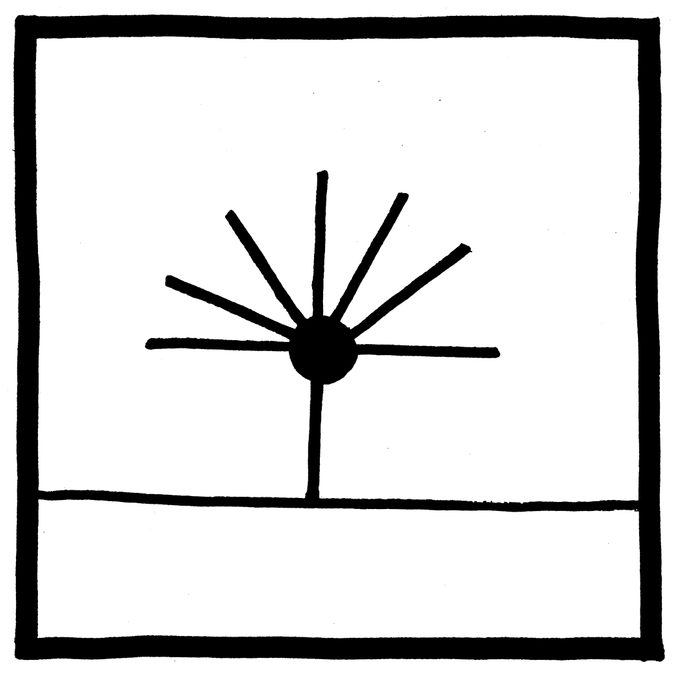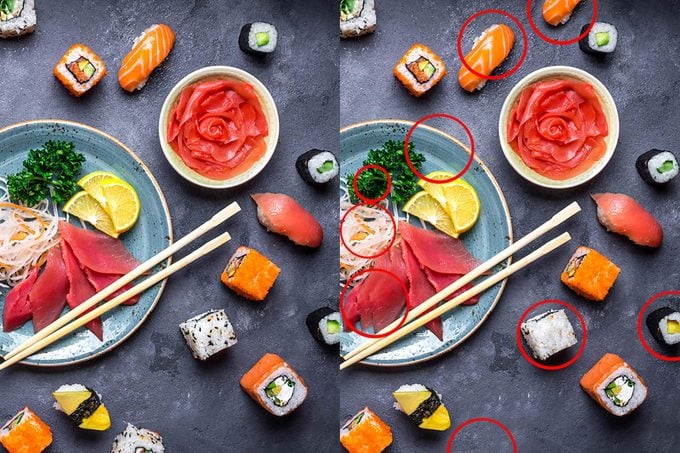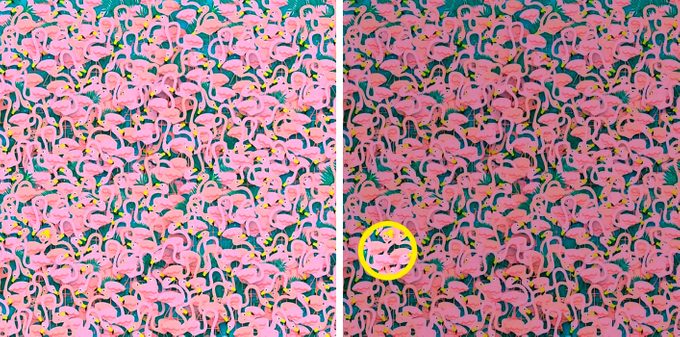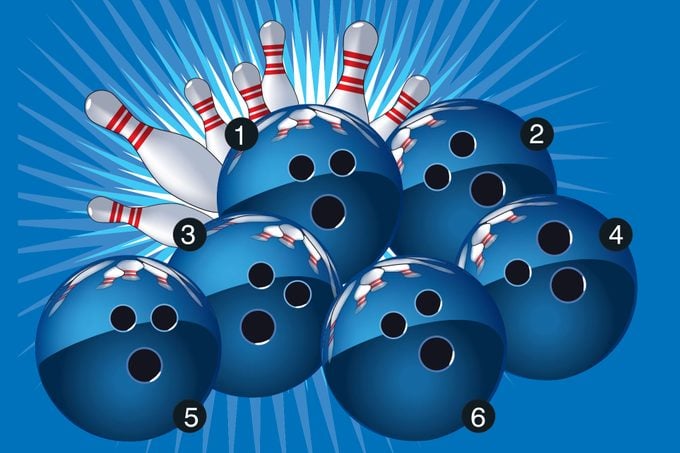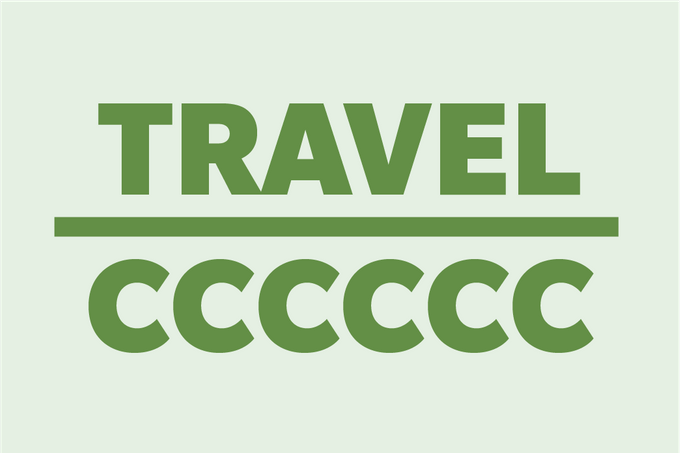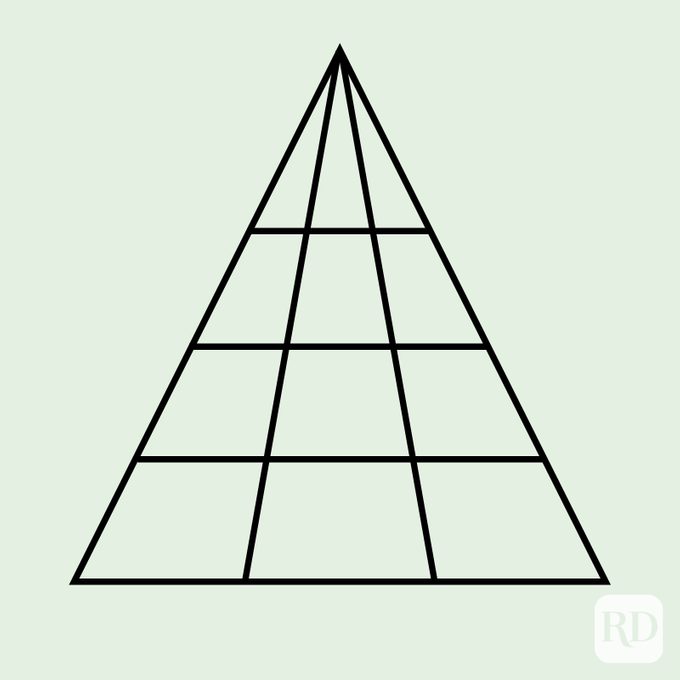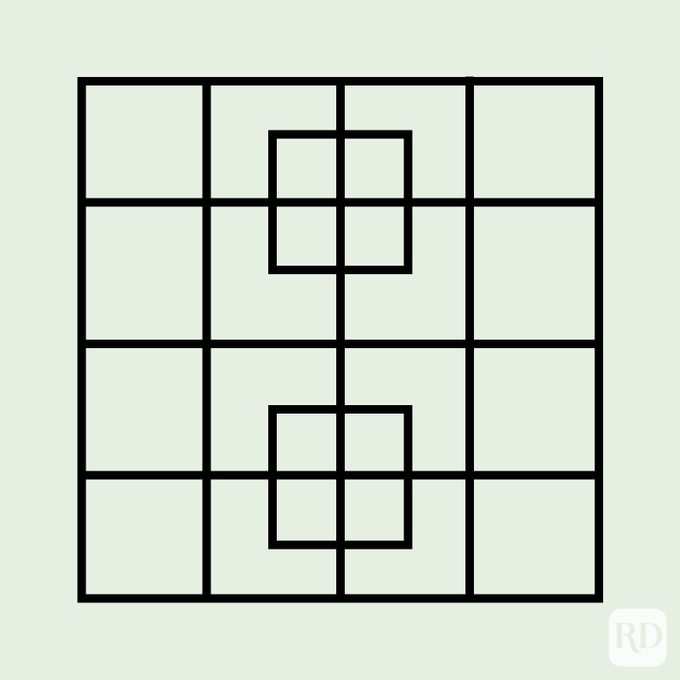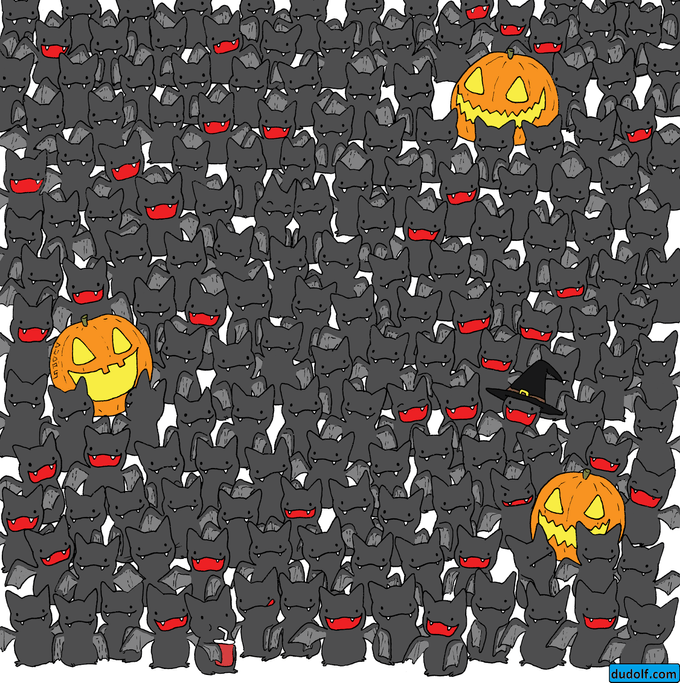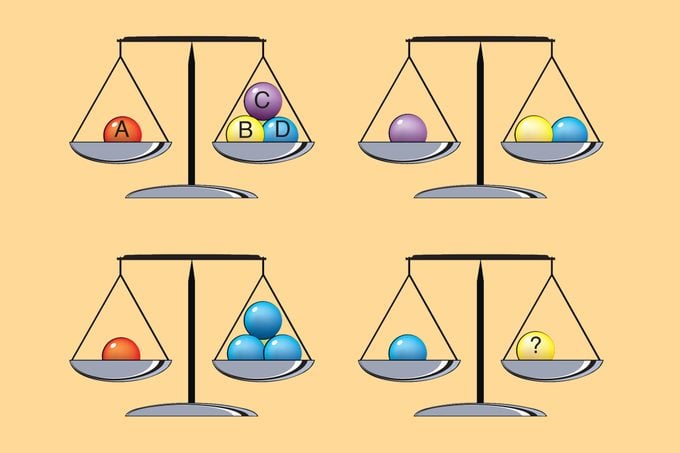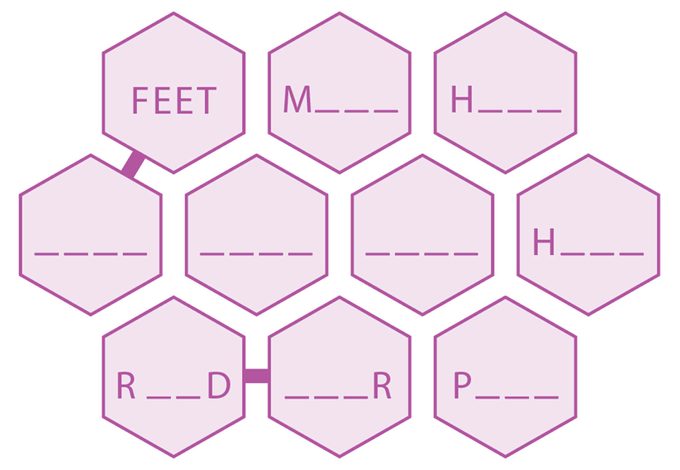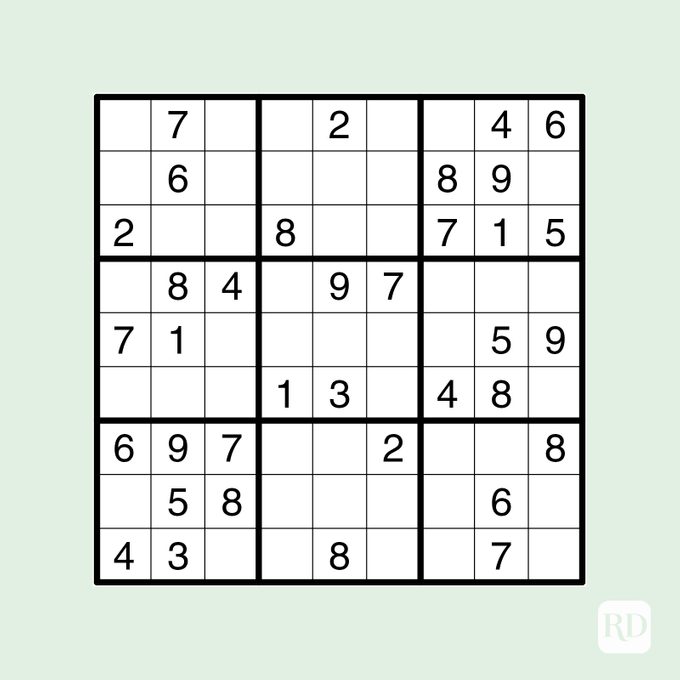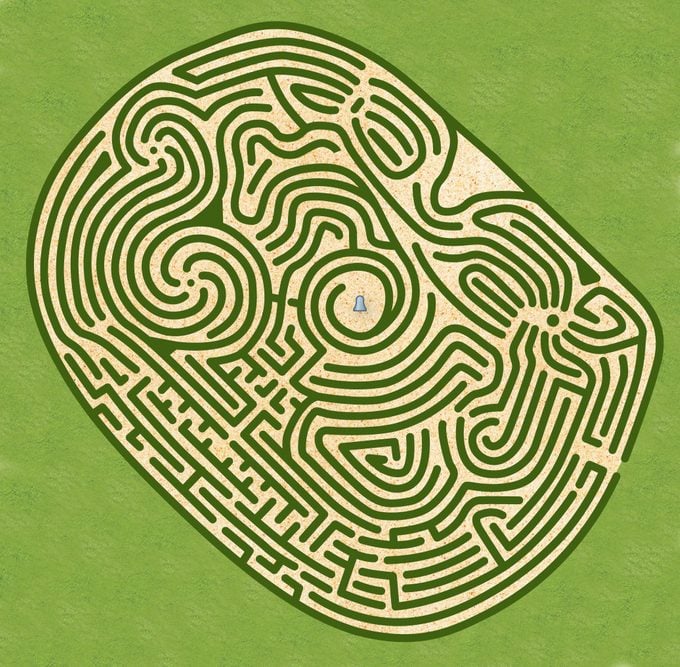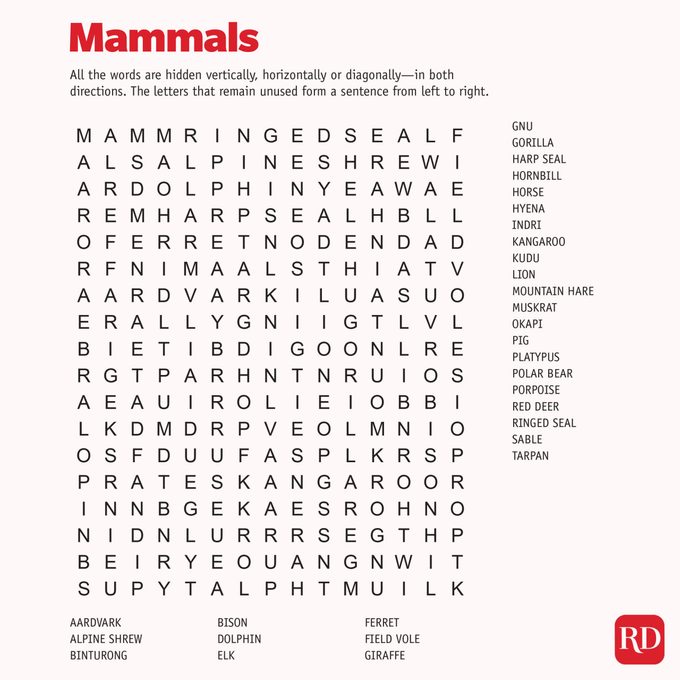14 Visual Brain Teasers and Puzzles That Will Leave You Stumped
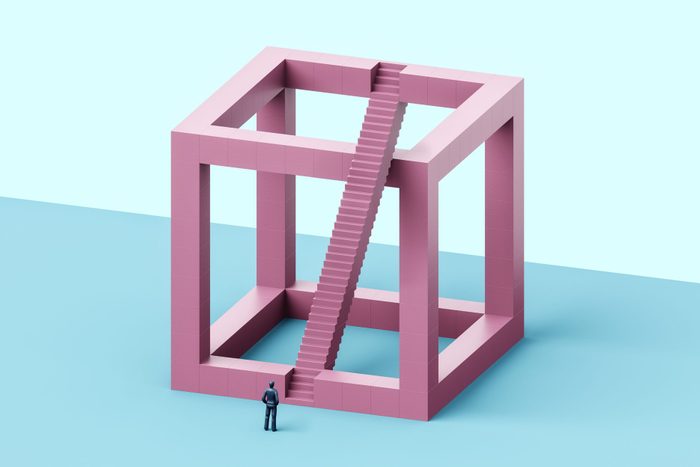
These visual brain teasers and puzzles aren't just fun to complete—they're good for your brain, too!
No, a visual puzzle isn’t just another fancy word for a jigsaw puzzle—though a jigsaw puzzle is a type of visual puzzle. The concept of visual puzzles is much broader than that.
This guide will introduce you to 14 different types of visual puzzles, explaining what they are, how to solve them, and how they’re good for your brain. Read on to learn more about visual brain teasers, then click on one of the links below to put your visual puzzles skills to the test.
What are visual puzzles?
A visual puzzle, also called a visual brain teaser, is any logic or reasoning problem that is expressed and solved using drawings and/or images.
However, even though they all have the visual component in common, not all visual puzzles work the same way. For example, a “spot the difference” game is one type of visual puzzle and a “find the hidden object” game is another type of visual puzzle. They both require the use of images, but you go about solving them using different methods.
Are visual puzzles good for your brain?
If challenging your mind with visual brain teasers and puzzles sounds like your idea of fun, then you’re in luck—doing visual puzzles is a great way to sharpen your logic and reasoning skills. According to a study published in the journal IRSN Neurology, solving visual puzzles requires “nonverbal reasoning and the ability to analyze and synthesize abstract visual stimuli,” so by doing visual brain teasers like the various kinds in this list, you’re sharpening those skills. Think of it as a workout for your brain!
1. Droodles
In the 1950s, humor writer Roger Price became famous for creating a new type of visual puzzle called “Droodles.” These Droodles were cartoon-y line drawings of abstract images, and readers were asked to decipher the drawings’ intentionally absurd and LOL-worthy meanings, which Price would include beneath the drawing.
Brain benefits: This visual brain teaser exercises your abstract thinking skills and creativity—and in truth, there’s no real “right” or “wrong” answer. It’s all about training your mind to see things in a different light, which can benefit your problem-solving skills.
2. Spot the difference
This visual brain teaser is a classic childhood game, so you’re probably already familiar with how this one works: Two nearly identical images are placed side by side, and your job is to spot the small, subtle differences between the two images. For example, maybe a dog’s spots are black in the first image, but brown in the second.
Brain benefits: This fun brain game helps you hone your attention to detail, since you have to zero in on all the minute details in order to spot the differences between the two images which, at first glance, probably look identical.
3. Find the hidden object
You’ll have to look closely if you want to try one of these visual brain teasers! To play, you’ll be given a drawing that initially appears to be a normal-looking scene. But if you look closely, there are actually a bunch of random things (or just one) subtly hidden within the drawing that don’t belong there. You’ll be given a list of those hidden items, and it’ll be your job to hunt through the main drawing and find all of the hidden objects within it. For example, a green glove might be hiding amongst tree leaves so it blends in and you have to find it.
Brain benefits: Your attention to detail will be tested with this visual puzzle—and probably your patience, too! Our brains naturally try to “fill in the gaps,” so to speak (the same way you can read what a misspelled word in a text is supposed to say), so completing this type of visual brain teaser requires you to slow down and look at items individually, rather than as a whole, to spot the hidden objects.
4. What doesn’t belong?
This visual brain teaser is all about finding the one image in a series of images that isn’t the same as the others. The problem is…finding the odd man out is not always obvious! For example, can you spot which bowling ball doesn’t belong in the above image? (Hint: Look at the size of the finger holes on each bowling ball.) That’s right, #4 has two thumb-sized holes, whereas the others only have one like they should, which is why it’s the one that doesn’t belong.
Brain benefits: Just like “spot the difference” and “find the hidden image” visual puzzles, doing these types of puzzles can help sharpen your attention to detail while encouraging you to think more critically about what you see.
5. Rebus puzzles
Rebus puzzles are visual brain teasers based on common words or phrases, and your job is to figure out the word or phrase by looking at the puzzle “image,” which is often a combination of words, numbers, and symbols arranged in such a way that they have a deeper meaning. If you deciphered that the above image means “travel overseas,” good job!
Brain benefits: Rebus puzzles challenge both the left and right areas of your brain by combining language skills with critical thinking/logic skills, plus a dash of creativity, which is why they’re so much fun (and so tricky!) to solve.
6. Triangle puzzle
This puzzle is all about seeing triangles…inside triangles…inside other triangles! Your goal is to see how many triangles you can count within this puzzle. The secret: Pay attention to how each smaller triangle is also part of a larger triangle, and how that larger triangle is part of an even larger one, and so on. Did you count 24?
Brain benefits: With this visual brain challenge, you’re training your noggin to see parts of a whole more clearly. It also helps you think more spatially since you have to “separate” each triangle from the rest in your mind in order to count it.
7. Square puzzle
Just like the triangle puzzle above, this visual brain teaser is all about seeing shapes inside other shapes inside other shapes—it just uses squares instead of triangles. Your goal is to count how many squares, total, you can see in the image. If you didn’t count 40, go back and try again.
Brain benefits: You’ll have to challenge your brain to think spatially and spot how individual parts make up a whole in order to solve this puzzle.
8. Movie puzzles
A movie puzzle is a type of visual puzzle that has a series of images or illustrations depicting different famous movie scenes and you have to name the movie title for each one based on the image alone.
Brain benefits: You might think the only benefit of a movie puzzle is showing off your pop culture IQ, but the truth is, these visual brain teasers help with memory and recall, too.
9. Find the cat
Don’t be fooled! These aren’t all bats in this drawing. There’s one cat hidden amongst them, but you’ll have to look closely to spot it—just like you would hunt through a “spot the difference” puzzle or a “find the hidden image” puzzle.
Brain benefits: If you want to improve your attention to detail, this visual puzzle can help, since you’ll need eagle eyes to spot the cat amongst all of these look-alike bats.
10. Math puzzles
Don’t read the word “math” and panic—these are way more fun than your average math problems, since they’re visually focused! To play, you’ll need to “read” the image and turn it into a math problem. Each math puzzle looks different and some might require addition or subtraction, while others require multiplication, patterns, algebra, and more. The answer here is 2B (i.e. you need two yellow “B” balls to balance out the blue “D” ball).
Brain benefits: Just like normal math, these visual math puzzles test your critical thinking and reasoning skills—as well as your math abilities!
11. Word puzzles
Visual word puzzles come in all different styles—from fill-in-the-blank word puzzles to word-decoding puzzles to finding words within other words and more. Even though they use letters and words, the spatial arrangement of these words and letters is integral to how the puzzle must be solved, which is why these are considered visual brain teasers, even though they’re word-based.
Brain benefits: Aside from giving your linguistic abilities a workout, visual word puzzles also engage your creative thinking and problem-solving muscles. Like the example above, some of them even challenge your progressive thinking skills, since each subsequent choice hinges on the one before it.
12. Sudoku puzzles
Sudoku puzzles consist of a grid of squares with nine columns and nine rows. Your goal is to have the numbers 1 through 9 in every column, in every row, and in every smaller box of nine (outlined by the bolder lines) without any duplicates. The key is to use process of elimination to figure out where each of the missing numbers can or can’t go—and when you find a box that has only one possible answer, write it in! Then, keep looking for boxes where only one answer is possible until you can complete the grid.
Brain benefits: Since sudoku puzzles are completed using a strategic process of elimination, they give your logic, reasoning, and deduction skills a workout. Studies even say they can keep your brain “young” for longer!
13. Mazes
Mazes are one of the most common types of visual puzzles out there and many of us have been doing them since we were kids. The goal is to get from the starting point to the finish line without running into any dead ends. Some puzzles are simple, but other puzzles, like the one shown above, can be tricky to complete!
Brain benefits: You might not think a simple maze would challenge your brain in so many ways, but it does! Mazes test your spatial awareness, your decision-making skills, and even your memory.
14. Word searches
Word search puzzles are grids of seemingly disjointed letters that have a series of words hidden within them. To find and circle these hidden words, you might have to read top to bottom (or bottom to top), left to right (or right to left), or even diagonally. You’ll be given a list of words to find within the word search, and it’ll be your job to scour the grid of letters to find and circle the hidden words.
Brain benefits: In addition to improving our brain’s problem-solving skills and ability to search for and recognize patterns, studies show that doing word searches can also help prevent or delay the onset of Alzheimer’s.
Next, check out these optical illusion photos that aren’t what they seem.

